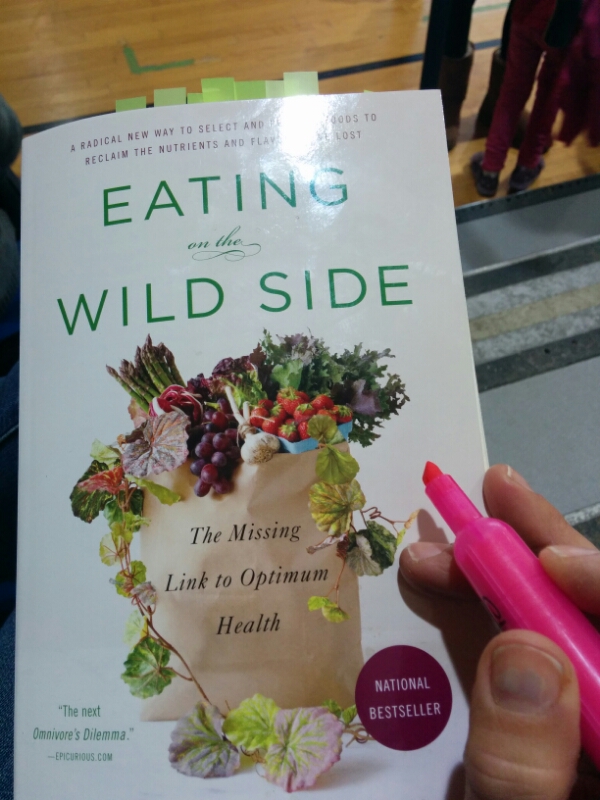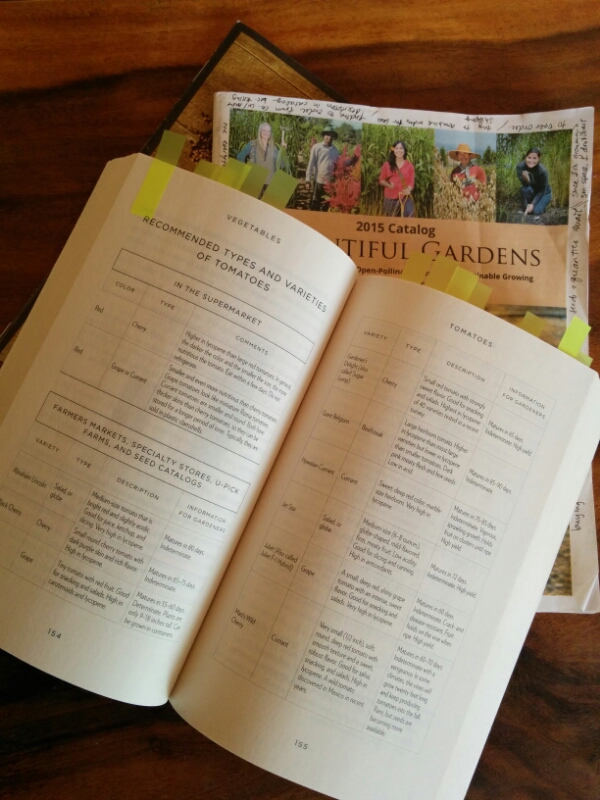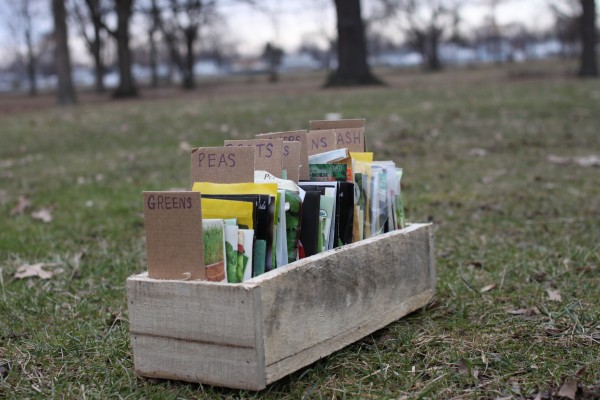 If you've seen me in person recently, you've probably heard me mention Eating on the Wild Side: The Missing Link to Optimum Health
If you've seen me in person recently, you've probably heard me mention Eating on the Wild Side: The Missing Link to Optimum Health
The basic premise is that wild foods like foraged berries, greens, and grains are far higher in nutrients than human-influenced hybrids chosen for sweetness, carbohydrate efficient production, and ease of growth and harvest. Basically, we bred the nutrition out of many wild foods and have the related health problems to show for it. But Robinson is not preachy or focused on the past - she offers forward-thinking ideas to consume more healthy nutrients by choosing foods wisely.
Some of the research-supported advice is surprising: did you know that carrots cooked whole have the most betacarotene, even more than raw? Some tips are simple: choose the most colorful foods because they most often contain the most vitamins and phytonutrients. Some techniques are habit-changing: the cancer-fighting antioxidant allicin in garlic is maximized by chopping the garlic and then letting it rest for 5 minutes before cooking.
For gardeners, Eating on the Wild Side author Jo Robinson goes a step further to offer suggested seed varieties. I already know that backyard-fresh produce contains more nutrients than truck-ripened, grocery store versions. This year I plan to move one step further and plant varietals based on Wild Side recommendations that will feed my family even more vitamins and phytonutrients.
Gardening on the Wild Side Selections
1. Atomic Red Carrots - Joseph and I have grown these carrots for Swainway Urban Farm. They're less productive than traditional orange versions but are richer in flavor and higher in anthocyanins.
2. Garlic Chives - Of all the alliums (onion, garlic, shallots, scallions, and chives), garlic chives are the most densely nutritious. Chives happen to be a green Lil likes to eat, so we'll add garlic chives to our perennial herb bed this year.
3. Cherry Tomatoes - I was shocked to learn that cherry tomatoes have up to 8 times more lycopene than beefsteak sizes. The darkest red and purple varieties contain more nutrients than lighter colors. Tomato nutrients are more bioavailable when canned, so we'll enjoy them fresh in the summer and continue to put up tomato sauce, salsa, and paste for the winter and spring.
4. Colorful Potatoes and Sweet Potatoes - This isn't a change for us - I love purple potatoes - but we will be dropping the standard white varieties and growing more rich orange sweet potatoes, red fingerling potatoes and even a purple sweet potato.
5. Bull's Blood & Detroit Beets - I've grown these solid red varieties and the pretty bullseye chioggia ones. Both produce equally well for me but the dark reds have more betalin antioxidant so I'll focus on those this year. And I'll try to eat more of the greens because Robinson points out that they're among the healthiest greens you can buy.
6. All The Berries - I feel like a new berry is classified as a 'super food' every other week. But there's good reason for the hype - berries are full of fiber, phytonutrients, and flavor. Most are easy to grow, especially perennial shrubby berries like raspberries, june berries, and currants. Like the vegetables discussed above, deeper color equals greater nutrient punch, so we're adding black and red currants, black raspberries, and red gooseberries to our gardens this year. If you are local and looking to start or expand your collection of perennial fruits, my friend Kate is selling a limited number of bareroot berry stalks by pre-order.
If you're a conscientious eater or gardener, I highly recommend Eating on the Wild Side. Read it, eat well, and grow more Wild Side varieties.

